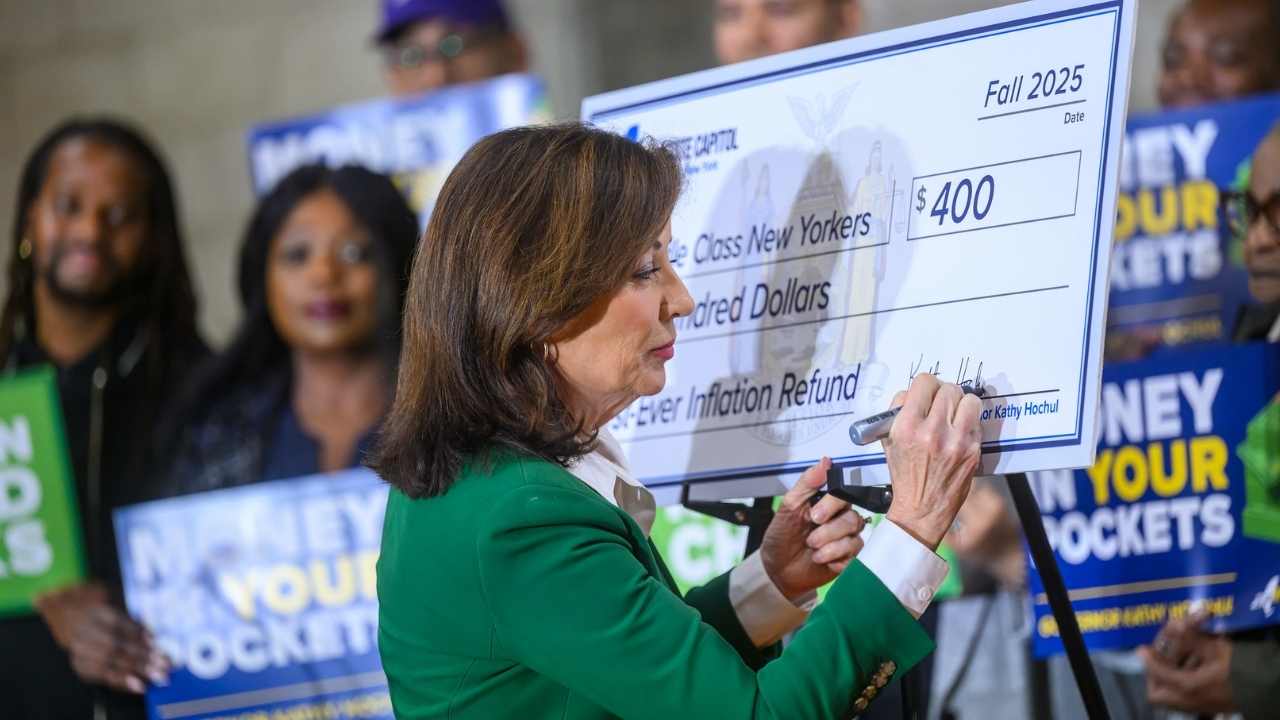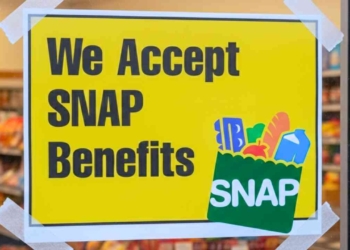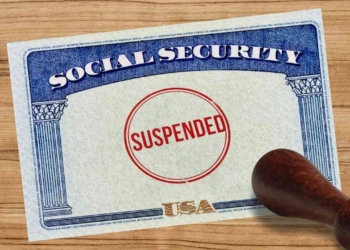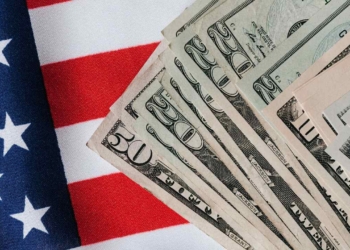New York State is incorporating a measure into its fiscal 2025-2026 budget to distribute direct payments to residents, known as inflation rebate checks. This initiative, proposed by Governor Kathy Hochul, channels a portion of the additional tax revenue generated by increased sales tax collections attributed to rising prices.
The stated goal is to mitigate the financial pressure resulting from the rising cost of living, via stimulus checks. Hochul stated that the measure seeks to “put money directly into the pockets of New Yorkers” by eliminating red tape.
No application needed: NY stimulus checks mailing soon
No action is required on the part of residents to access the benefit. The New York Department of Taxation and Finance will automatically issue checks to individuals who meet the eligibility criteria.
Selection is based solely on information from the New York State income tax return (Form IT-201) for the 2023 tax year. This ensures that payments arrive without the need for additional applications.
To qualify for the refund check, taxpayers must meet three essential conditions. First, they must have filed Form IT-201 as a state resident. Second, they must report a New York Adjusted Gross Income (NY AGI) within the thresholds established for their filing status.
Third, they must not have been claimed as a dependent on another taxpayer’s tax return during the 2023 tax year. There are no age restrictions to receive the payment.
Amounts allocated according to tax profile
The refund amount varies depending on your reported marital status and your 2023 NY AGI (Line 33 of the IT-201). The payment structure is detailed below:
- Single filers:
- $200 refund if NY AGI is $75,000 or less (Line 33 of IT-201)
- $150 refund if NY AGI is $75,001-$150,000
- Married filing jointly:
- $400 refund if NY AGI is $150,000 or less
- $300 refund if NY AGI is $150,001-$300,000
- Married filing separately:
- $200 refund if NY AGI is $75,000 or less
- $150 refund if NY AGI is $75,001-$150,000
- Head of household:
- $200 refund if NY AGI is $75,000 or less
- $150 refund if NY AGI is $75,001-$150,000
- Qualifying surviving spouse:
- $400 refund if NY AGI is $150,000 or less
- $300 refund if NY AGI is $150,001-$300,000
The distribution process will begin in mid-October 2025 and will extend over several weeks until November of the same year. All payments will be made via paper checks mailed to the address registered on the most recent tax return. Direct deposit will not be used for these refunds.
Due to the volume of more than 8.2 million checks, shipments will be made in waves without specific geographic order.
Territorial distribution of inflation refunds
The initiative will impact households in all regions of the state, with the following estimated distribution (region and how many households get the money):
- New York City: 3.53 million
- Long Island: 1.25 million
- Mid-Hudson: 924,000
- Western New: York 585,000
- Finger Lakes: 513,000
- Capital Region: 475,000
- Central New York: 321,000
- Southern Tier: 251,000
- Mohawk Valley: 198,000
- North Country: 156,000
How to get the NY stimulus checks
Checks will be sent to the address on file with the Department of Revenue. Those who have changed their address should update their information at ny.gov/inflationrefund. Take this into consideration:
Debt Offset: If you have outstanding debts owed to the state, the refund amount may be used to settle them.
Residential Eligibility: Only full-time New York City residents in 2023 who filed the IT-201 are eligible.
The 2025-2026 state budget includes other provisions focused on reducing financial burdens. These include a tax cut for the middle class, described as the lowest in seven decades. The child tax credit is also expanded, providing up to $1,000 per child under 4 years old and $500 for children between 4 and 16 years old. Additionally, free school meals will be implemented for all public school students.
The use of the funds is at the recipient’s discretion, although analysts suggest options such as high-yield savings accounts (HYSAs) to offset long-term inflationary effects. The total economic injection is estimated at $2 billion. The Department of Revenue will not provide individualized tracking of the status of the checks, nor will it offer a detailed delivery schedule for each household.







